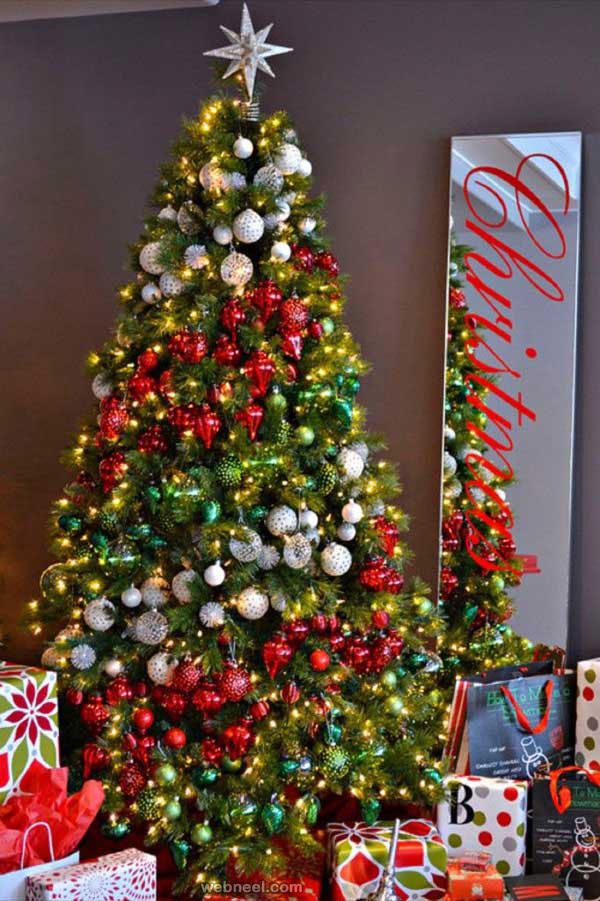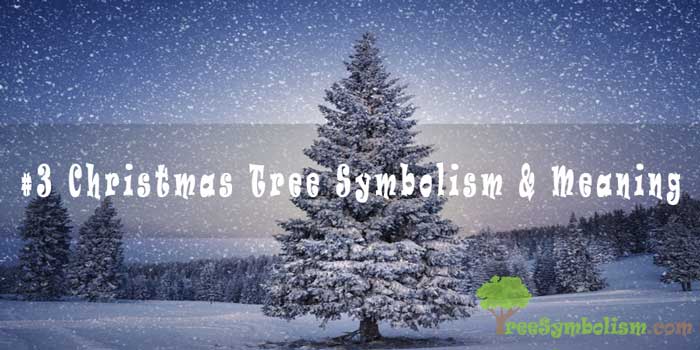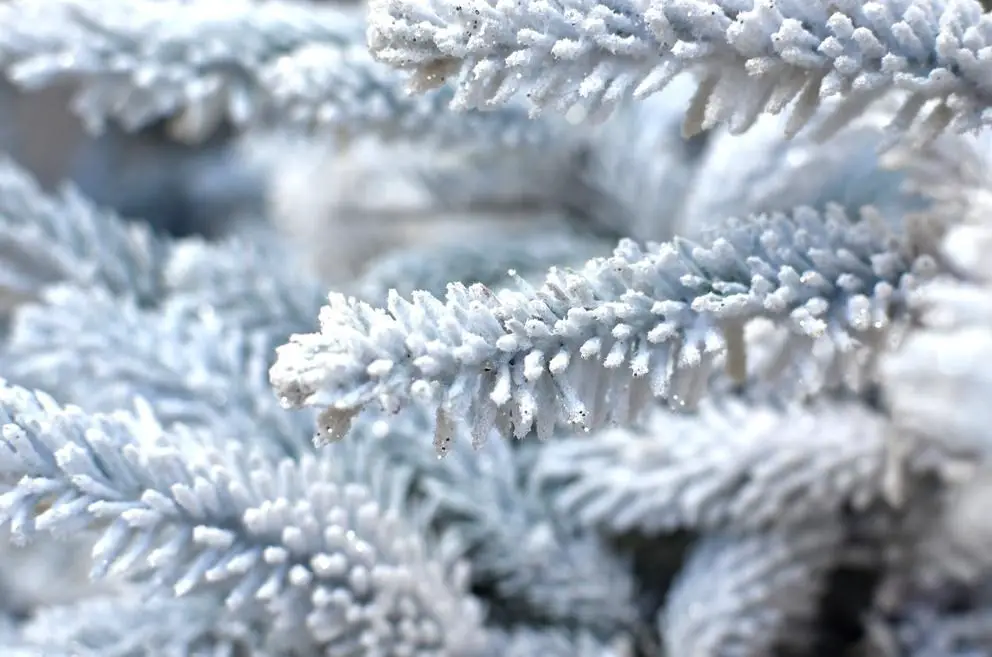5 Fascinating Origins of Christmas Tree Decorating

Christmas tree decorating is a cherished tradition around the world, but have you ever paused to consider its origins? Far from being a modern holiday custom, the practice of adorning evergreen trees dates back centuries and intertwines with various cultural and religious traditions. Let's embark on an enchanting journey to explore the fascinating origins of Christmas tree decorating, unveiling how this custom has evolved into a global symbol of holiday cheer.
Pre-Christian Era: Pagan Traditions

Long before Christmas became synonymous with gift-giving and decorating, ancient civilizations had their traditions involving evergreens:
- Ancient Egyptians: They brought green palm rushes into their homes to symbolize life's triumph over death.
- Ancient Romans: As part of their Saturnalia festival, they decorated their living spaces with greenery, including trees.
- Celtic Druids: Revered the oak trees and also decorated other evergreens with fruit and nuts for a successful new year.
These customs laid a cultural foundation for what would become the Christmas tree tradition, symbolizing life, renewal, and the return of sunlight after the winter solstice.
Christianity and the Yule Log

With the spread of Christianity, many pagan customs were absorbed into Christian practices:
- The Yule log was an integral part of the Yule festival in Northern Europe. People would burn a large log decorated with greenery to cleanse the previous year and welcome the new one.
Over time, this evolved from burning a log to bringing an entire tree indoors, symbolizing Christ's everlasting life. This transformation was further encouraged by:
- Martin Luther, a Protestant reformer, who is said to have introduced the concept of a tree lit with candles to represent the stars in the heavens.
- Medieval mystery plays where the tree symbolized the Garden of Eden, a symbol often depicted with apples.
16th to 18th Century: Royal and Noble Traditions

The tradition began to take on a more recognizable form in the courts of Europe:
- Germany: By the 16th century, people in Germany were using the "Paradeisbaum" (Paradise Tree), an evergreen decorated with apples, nuts, and paper ornaments to reenact the Biblical story of Adam and Eve. As these trees were increasingly brought indoors, they evolved into the Christmas tree we recognize today.
- Queen Charlotte: Known for introducing the German tradition to England when she had a yew tree set up at the court of King George III, marking one of the first recorded instances of Christmas tree decorations in England.
It's fascinating to note how royal customs influenced public trends, shaping what would become a mass holiday tradition.
19th Century: Victorian Era Popularity

The Christmas tree's popularity soared in the Victorian era thanks to:
- Prince Albert: He brought the tradition from Germany when he married Queen Victoria. The royal couple's Christmas tree was illustrated in the "Illustrated London News" in 1848, sparking a trend among the British middle class.
This era also saw innovations in tree decorations:
- Introduced glass ornaments like glass apples, spun glass angels, and beads which became popular in both England and Germany.
- The emergence of commercially available ornaments, making tree decorating accessible to a broader audience.
The Evolution into a Global Tradition

As the tradition spread across continents, it adapted to local cultures:
- United States: The first record of a Christmas tree appeared in 1747, but it was in the 19th century, especially after images of Queen Victoria's family with their tree were published, that the custom became widespread. Immigrants, particularly Germans, brought the tradition with them, influencing American Christmas festivities.
- Various Cultures: Each country added its unique spin. In Spain, scenes of the nativity or "Belén" are placed under the tree, and in Poland, spiders and their webs are considered good luck symbols, often seen in ornaments.
🌲 Note: The Christmas tree has evolved to become a symbol of unity, bringing together different cultural traditions and symbolizing universal values of joy and generosity.
The journey of Christmas tree decorating, from its pagan origins to a Christian symbol, and its eventual global adoption, shows how traditions evolve, adapt, and merge. What started as a symbol of life and the cycle of nature has become an emblem of holiday cheer, family gatherings, and gift-giving worldwide. This rich tapestry of history not only makes our modern Christmas tree traditions fascinating but also connects us to a long line of human cultural evolution.
Why do we decorate Christmas trees?

+
Christmas trees are decorated as a fusion of pagan, Christian, and cultural traditions symbolizing life, light, and hope. Decorating a tree has become a way to celebrate the season, share joy, and create a festive environment.
What is the significance of the star on top of the tree?

+
The star atop the Christmas tree represents the Star of Bethlehem, which according to Christian tradition, guided the Wise Men to Jesus. It signifies divine guidance, hope, and the light of Christ.
When did electric lights become popular for Christmas trees?

+
Electric Christmas lights were introduced in the late 19th century. The first practical strings of Christmas lights were created in the late 1800s, becoming widely popular in the 20th century as they were safer and more reliable than candles.